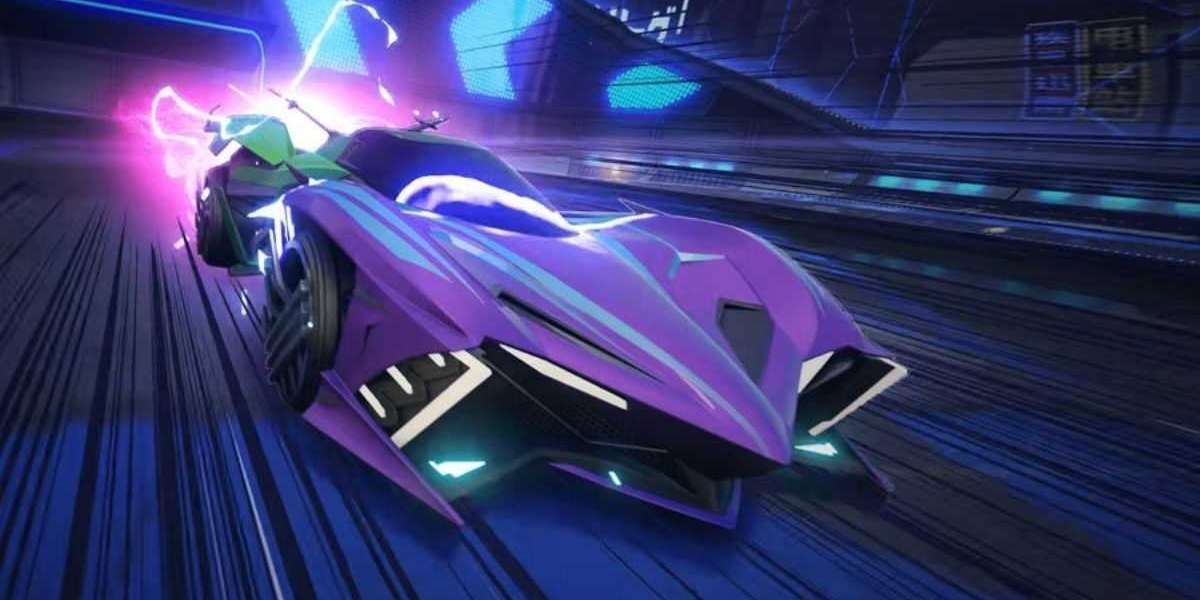Robotics technology has become increasingly advanced in recent years and is now entering the world of printing and packaging. Printing and packaging robots are designed to automate operations that would otherwise be very labour intensive, reducing costs, increasing accuracy, and streamlining processes. In this blog post, we'll take a look at how these robots work and their potential applications in the printing and packaging industry. We'll also explore some of the challenges associated with bringing robotics into a traditionally manual process. Read on to learn more about the power of robotics in printing and packaging!
How does a printing and packaging robot work?
A printing and packaging robot typically consists of three main parts: a controller, an end effector, and a gripper. The controller is the brains of the operation, telling the robot what to do and when to do it. The end effector is the part of the robot that actually does the work, such as moving the print head or picking up and placing objects. The gripper is used to grab onto objects, such as printed materials or packaging items.
What are the benefits of using a printing and packaging robot?
There are many benefits to using a printing and packaging robot. They are much faster and more accurate than humans, so you can get your products out the door quickly and without errors. They also don't need breaks or vacations, so they can work around the clock if needed. And, since they're robots, they don't get tired or make mistakes due to fatigue.
Are there any downside to using a printing and packaging robot?
There are a few potential downsides to using a printing and packaging robot. First, if the robot is not properly calibrated, it could result in poor print quality or incorrect packaging. Second, if the robot experiences a mechanical failure, it could cause a production line shutdown. Finally, robots can be expensive to purchase and maintain.
How much does a printing and packaging robot cost?
The cost of a printing and packaging robot will vary depending on the specific make and model that you choose. However, you can expect to pay anywhere from $50,000 to $100,000 for a high-quality printing and packaging robot. If you are looking for a cheaper option, there are lower-cost robots available that can still provide excellent quality printing and packaging. Ultimately, the cost of the robot will depend on your specific needs and budget.








